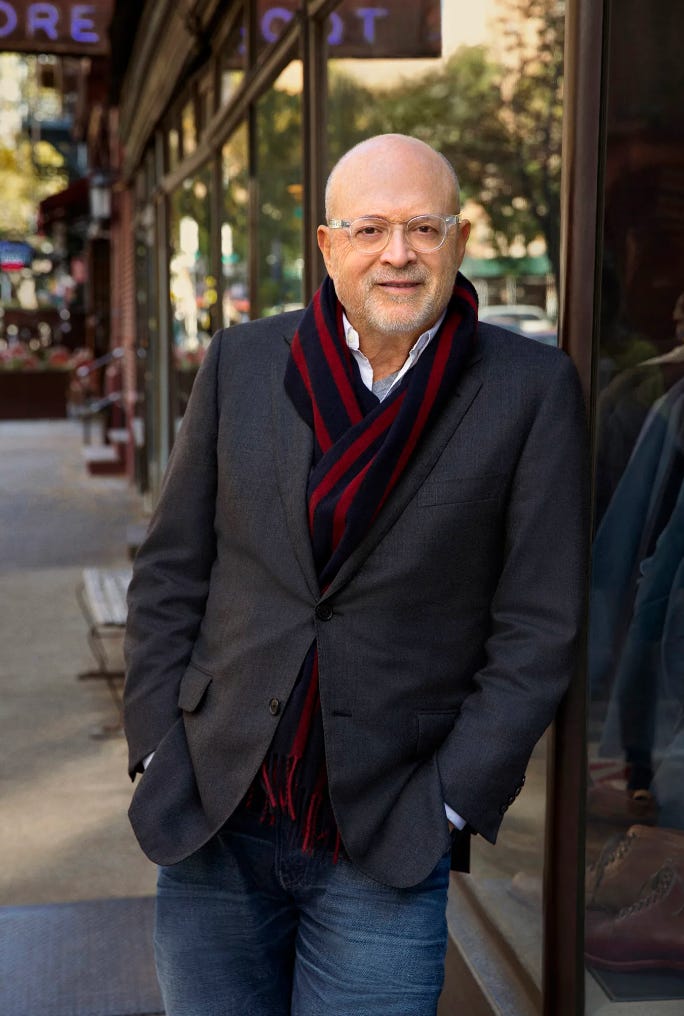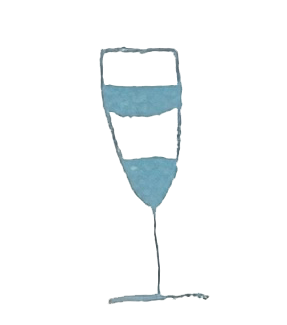I've been thinking a lot about uniforms and uniform dressing in one form or another all my adult life. But it certainly has been a journey—an evolution, to put it mildly. I like uniform dressing for a few reasons, which I will get to below, but first, I want to show you how I got there.
My first foray into uniform dressing came in an unlikely place—Flagstaff. I lived in the mountains of Northern Arizona for about a year and a half. While there, my collection of flannel and plaid would undoubtedly rival any prominent lumberjack in the early 2010s. How much is too much flannel? It does get quite cold there, so it did serve at least a modicum amount of practicality, but not much else. It was jeans and flannel, period, nothing else. But, for better or worse, this is what I was wearing, and I must say, I loved it.
When I moved to New York City a little over a decade ago, I was finding my footing. While I had no uniform or consistency in clothing above the waist, I wore a pair of custom selvage denim jeans daily for pants. I remember I spent $250 on them from this Greenpoint denim maker. They were made right in the shop. It was a lot for a pair of jeans, but it came with free repairs, which I used often. They say you need to break in selvage denim, and I just put that theory to the test because I wore them every day for three years. I know what you're thinking—and yes, they were laundered, and no, it wasn't as frequent as it should have been. Regardless, the cost per wear for these pants was measured by cents, not dollars. Now that I think about it, this is probably why I haven't worn jeans since. I flew a little close to the sun. A cautionary tale, perhaps.
Then, I evolved into my suiting era and found this through the most uniform dresser—Thom Browne. I was hooked when I first discovered the brad, as I identified so much with the brand and style. I was fortunate enough to have a Thom Browne suit, and I wore that thing every day for years despite the uniform rules being the strictest of them all: grey shirt, white shirt, grey tie, black brogues, period. No variance.
Similarly, around this time, I became aware of Mickey Drexler, head of J. Crew at the time, when I first moved to the City. He is a force of nature, a retail pioneer, and is also famous for his uniform, but in a slightly more informal way—a pair of jeans, a button-down shirt, a grey T-shirt, and a navy blazer. A perfect example to show that you don't have to always wear a suit and tie to have a uniform. It should come as no surprise that Mickey was good friends with another one of the most iconic uniform wearers in our generation—Steve Jobs.
I mention these two examples of uniform dressers because my current style falls somewhere between the two. Thom's daily suiting is mixed with Mickey's more relaxed fits.
For me, having the uniform doesn't mean wearing the same thing every day. Like brands' design systems, it is more of a clothing system. I have a lot of interchangeable pieces that can be swapped in and out and mixed together based on the occasion, the season of the year, and my mood, and it makes me happy. And best of all? It works.
I haven't bought anything for myself in a long time, which is a testament to the system. I see a fall suit purchase on the horizon, but I'll be the first to admit it's unnecessary (but it could be fun). I think it's fun to play around with styles, colors, and patterns. I think for me, less is more, and every piece of my wardrobe is something that I really love wearing. Even if some of it is a bit tattered, a little worn in.
Now, when I purchase, I buy fewer things because I'm dialed in on what I want. Protecting yourself from impulse purchases, which we've all been guilty of, is another added benefit. This naturally leads to fewer choices when I go to my closet to put something on. Every piece of my wardrobe is something that I really love wearing, even if some of it is a bit tattered, a little worn in. Thus, theoretically, if you buy fewer items, you spend up on the item you really want; instead of being a couple of items, you aren't as enamored with what you just bought impulsively. Guard rails are nice sometimes, especially in 2024 when we are inundated with options.
What did I learn from this journey, from flannels to four-in-hand knots? I think it's simple—find what works for you, what makes you look good, and what makes you feel good, and build a wardrobe around that.








